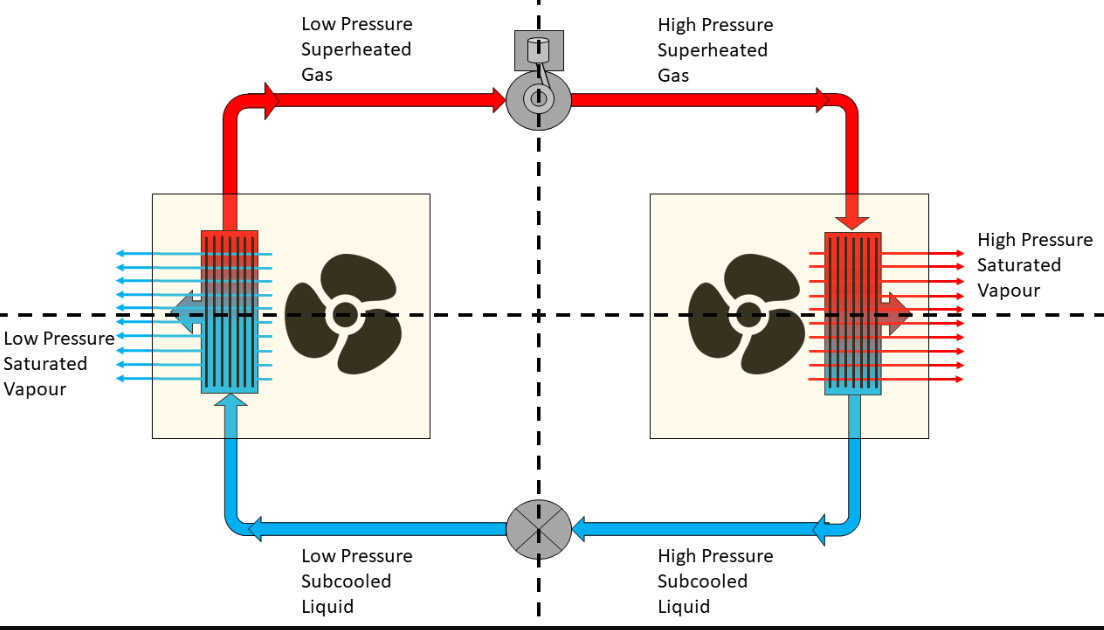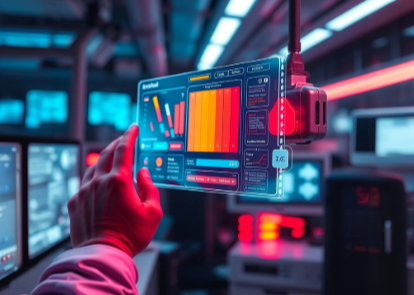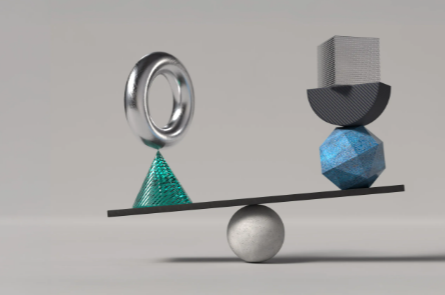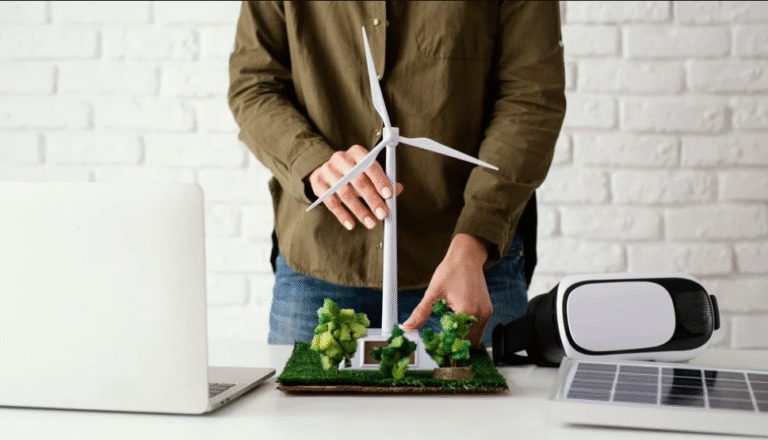How Cooling Systems Work: Fundamentals of Heat Transfer and Refrigeration
Introduction to Cooling Systems
From air conditioners that keep homes cool in summer to refrigeration units safeguarding our food and medicine, cooling systems are an indispensable part of modern life. These systems manage heat flow at their core—removing thermal energy from one environment and releasing it elsewhere. Countless operations depend on reliable cooling technology in domestic, commercial, or industrial settings. For organizations seeking the latest cooling solutions or upgrades, a reputable cooling systems supplier can provide the best options tailored to specific needs and applications.
Behind the smooth operation of these devices is a sophisticated science that combines thermodynamics, mechanical engineering, and innovation. Comprehending how cooling systems work means understanding how heat transfers and energy moves between substances at different temperatures.
Principles of Heat Transfer
Heat transfer drives the function of every cooling system. There are three main mechanisms by which thermal energy moves from one place to another:
- Conduction: This involves direct heat transfer within or between solids in contact. Think of a metal spoon that becomes warm from a hot soup.
- Convection: Heat is carried by moving fluids—either liquids or gases. The circulation of warm and cool air in an air-conditioned room illustrates this well.
- Radiation: Energy transfer in the form of infrared waves, not requiring direct contact or even a medium. The heat we feel from the sun is a prime example.
Most modern cooling systems combine these processes. A refrigerator, for example, uses conduction to extract heat from stored food, and convection fans to circulate air for consistent cooling. Understanding these basics helps diagnose issues, optimize efficiency, and design improved systems.
The Refrigeration Cycle Explained
The majority of cooling systems rely on the vapor-compression refrigeration cycle. This process relies on a working fluid called refrigerant and passes through four fundamental components:
- Compressor: Compresses refrigerant gas, raising its pressure and temperature.
- Condenser: Releases heat as the pressurized refrigerant condenses into a liquid, usually outside the cooled area.
- Expansion Valve: This valve allows the high-pressure liquid to expand and its pressure to drop, causing some of the liquid to evaporate and cool rapidly.
- Evaporator: The cooled refrigerant absorbs heat from inside the system (such as a fridge or an air-conditioned room), returning to a gas and repeating the cycle.
This closed loop efficiently absorbs heat where cooling is needed and ejects it outside—for instance, to the backyard air for a home air conditioner.
Alternative Cooling Technologies
Innovation in cooling technology doesn’t stop with vapor-compression systems. Two noteworthy alternatives are reshaping specific markets:
- Thermoelectric Cooling: Leveraging the Peltier effect, this method creates heat absorption and dissipation by running an electric current through specialized materials. While limited in capacity, it’s ideal for small electronics and portable coolers.
- Evaporative Cooling: This approach efficiently cools the air by passing air over or through water that evaporates, especially in dry climates. Homes and warehouses often employ evaporative coolers because they use little energy.
Environmental Considerations
While conventional refrigerants have improved our comfort and food safety, their environmental impact is a growing concern. Many traditional refrigerants are greenhouse gases or ozone-depleting substances, prompting stringent regulations and a push toward greener alternatives.
- Ionocaloric Refrigeration: This cutting-edge concept uses the movement of ions to create phase changes in materials, producing temperature shifts with minimal environmental impact. Still under research, it holds promise for sustainable large-scale cooling.
- Radiative Cooling: Recent developments allow surfaces to radiate heat directly into space via the infrared window, providing passive cooling for buildings and infrastructure without consuming energy.
The transition to alternative refrigerants and passive cooling technologies is already underway. Major outlets like The New York Times have covered the global movement toward climate-friendly cooling.
Applications of Cooling Systems
The versatility of cooling technology can be seen in its widespread applications:
- Food Preservation: Commercial and home refrigerators maintain freshness and safety for perishables and frozen goods.
- Climate Control: Air conditioning in residential, commercial, and vehicular environments ensures comfort and health, especially in extreme temperatures.
- Industrial Processes: Cooling controls manufacturing temperatures for consistency, product quality, and longevity of sensitive machinery.
Maintenance and Efficiency
Proactive maintenance is key to any cooling system’s efficiency and durability. Energy use can spike if systems are not kept in peak condition, so frequent attention is required:
- Replace or clean air filters to support healthy airflow.
- Check and maintain proper refrigerant levels, ensuring there are no leaks.
- Clear dust and debris from coils and fans to maintain optimal heat exchange.
Implementing these best practices can save energy and reduce breakdowns or costly repairs.
Final Thoughts
Mastering how cooling systems work—grounded in the science of heat transfer and refined through established and novel technologies—brings many benefits, from improved living and working conditions to environmental progress. As research and innovation continue, we can expect even greater strides toward energy-efficient, environmentally responsible cooling solutions for a rapidly changing world.






